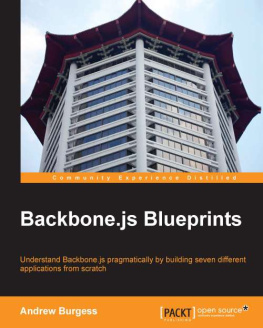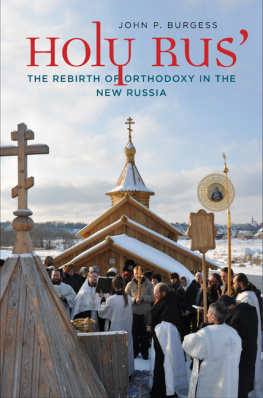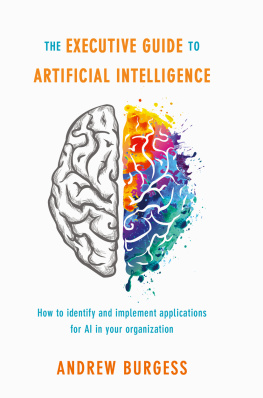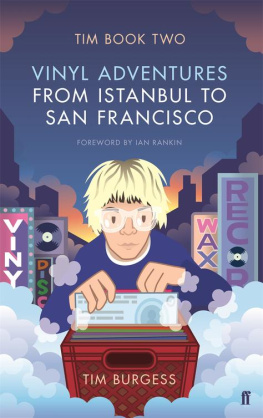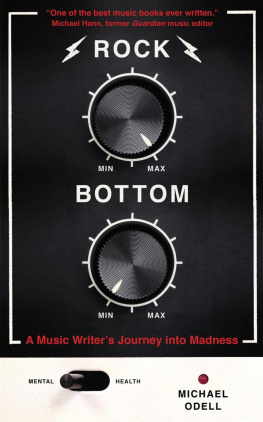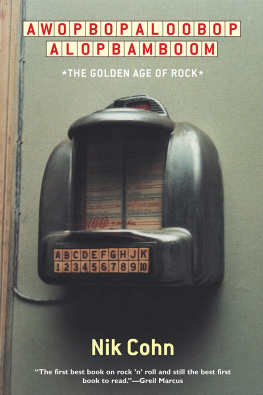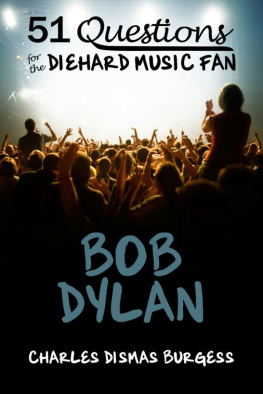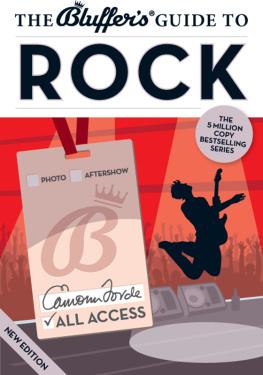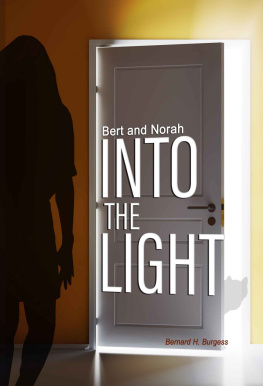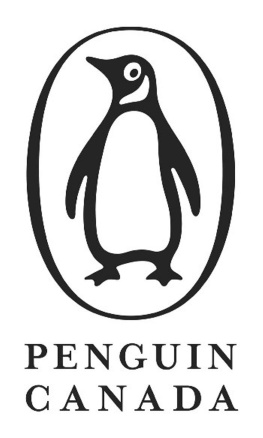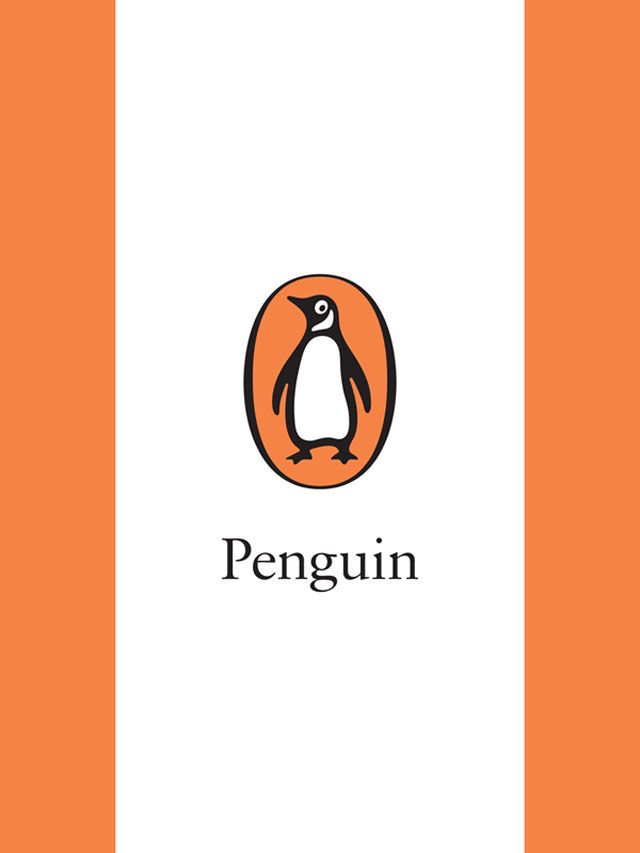
TIM BURGESS
Telling Stories
VIKING
an imprint of
PENGUIN BOOKS
Contents
Permissions
Text credits Grateful acknowledgement is made to the following for permission to reproduce copyright material: review of The Charlatans single Indian Rope and review of their gig at the London Powerhouse, both February 1990 NME/IPC+ Syndication; extract from Juliette Garside, Radiohead generation believes music is free Juliette Garside/Sunday Telegraph; review by Ian Burrell Ian Burrell/Independent; extract from Philly Del Fear, blog by Jon Brookes, www.thecharlatans.net, 30 September 2010 Jon Brookes; profile by Sylvia Patterson, Sky magazine, 1995 Sylvia Patterson.
Image credits Inset photographs: courtesy of David Lynch Foundation Music.
Chapter-opening photographs: Nic Colk Void.
All other photographs courtesy of Tim Burgess.
1. The Best Band in the World
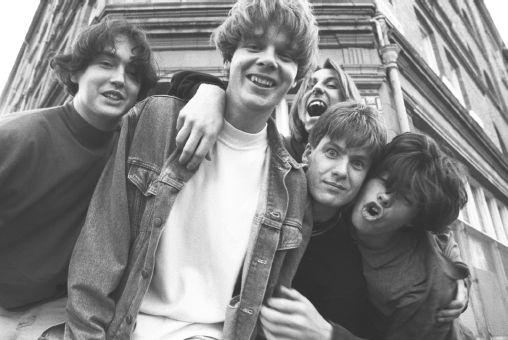
When I was asked to write this book, I quickly saw the true potential and scale of the opportunity Id been given though it took me a couple of years to ease myself into the driving seat. Like anyone else, my story has been a succession of days that roll into each other, sometimes with direction, sometimes without. Though Ive probably had even less of a plan than most.
When I was little, I used to get told off for pushing things too far. Things that seemed to bother other people came quite naturally to me. Like testing whether the goldfish bowl could balance on the edge of the kitchen table.
It didnt.
Or whether I could pedal downhill with no hands and two flat tyres.
I couldnt.
Injuries were painful and trips to the hospital frequent.
Yes, there was blood, but there was also an excitement that came shortly before the disaster. I got a taste for this kind of thing not exactly danger for the sake of thrill-seeking, more just curiosity.
I dont think like a book, in chronological thoughts; its more a question of ideas invading my head and then inviting others in. I suppose I think more like a magazine or a website: in short bursts, with pictures, charts and lists.
Perhaps its a mistake to announce this fact at such an early stage. Im hoping for your sake that everything comes together in a book-like way.
Did they let me do any more after this confession? Are there any more pages?
They did? Cool, lets get started then.
Occasionally in your life it seems like outside influences are sent as some kind of guide. You know the kind of thing: some badly behaved kid gets his comeuppance and you take it as a signal to slow down in your own delinquent ways.
At 15 I needed a guide and a path to follow. Something or someone to show me what was possible but with enough interest to engage my erratic temperament (a trait pointed out by Miss Gilchrist on my school report).
I was already of the mind that school wasnt the place where Id learn the best things to lead me through life, but in fact it was a school trip that first introduced me to the ramshackle parallel worlds of Factory Records and the Haienda. They were to be my early guides.
For the life of me, I cant now imagine for what reason a bunch of schoolchildren were being led around what would become the epicentre of a musical revolution. It was some time in 1982, and a forward-thinking teacher in the staffroom of Leftwich High School had seen fit, and had it cleared, to take class 5C to an as yet unopened nightclub that would, over the next decade, instruct the world in a new way of doing things.
When the Haienda opened it showed no signs of being the cultural landmark it would grow into over the next few years. The likes of Graeme Park and Dave Haslam would usher in the house revolution in 19878, and with it came a drug called ecstasy and the unifying of a generation that a couple of years earlier had been knocking each other around on the terraces of Old Trafford and Maine Road. But the opening night saw local racist Bernard Manning on the bill, alongside South Bronx, post-punk girl funksters ESG.
So why were we there? I really cant be sure, but I like to think that I was being shown the light. Not that my memories are entirely good. A girl threw up in the doorway. Lets call that something sent from the future, to show me the flavour of things to come, a flavour I couldnt quite put my finger on but one I knew I wasnt fond of.
Anyway, just as some kids would have found their scientific future on our trips to the Jodrell Bank radio telescope or their condiment-calling at the Salt Museum in Northwich thank God I didnt see the light in there! everything about the Haienda and, in turn, Factory Records captivated me. Little we were shown through school had stirred much emotion in me, but Ben Kellys futuristic design mothership and Tony Wilsons execution of his take on situationism left me open-mouthed, searching for more. Id noticed catalogue numbers on the records I owned but they seemed to represent little more than an antiquated storage system. Factory made them into an art form.
In 1982 everything was different. Everyone was suited up and drinking away their wages in neon and pastel funk dens like Pips and Rotters this was before any kind of nod towards metrosexuality. City-centre nightclubs were little more than weekend hunting grounds for a liaison with the opposite sex.
I grew up in a town called Northwich, twenty miles outside Manchester, which was our closest big city. Like many towns close to somewhere casting a cultural shadow, its safe to say that Northwich didnt offer much to an inquisitive and bored teenage mind. It was definitely a case of looking to the bright lights of the big city. We heard that the best bands in the world would stop off somewhere near us, party and then leave for the next stage of their world tour.
Famously, there was the Free Trade Hall, where someone had accused Bob Dylan of being Judas when he went electric, and hed replied, Youre a liar; where The Sex Pistols had played one of the most iconic gigs in modern music history OK, it was the Lesser Free Trade Hall, but whos judging? You are? Well, it still counts!; from where Granada regularly broadcast musical milestones into our semi-detached suburban lives.
Punk had made anything seem possible, and the possibilities were starting to become realities at the Haienda. Bands ruled the roost during the week groups like Psychic TV and The Jesus and Mary Chain with worship switching at the weekends to the DJ booth. So began the rise of the DJ cult.
In the mid to late 80s, I would be there most Tuesday, Thursday, Friday and Saturday nights, making the twenty miles each way pilgrimage from the village of Moulton, near Northwich, to the corner of Whitworth Street West. Any given Tuesday or Thursday night I could pretty much guarantee a ride back home, but on Fridays and Saturdays it was a little more complex. I had to walk, a feat made all the more psychologically daunting by the fact that Northwich isnt even in the same county! The club would close at 2 a.m. and we always Ronnie, often Frank, and occasionally Chedder and Staggy would set off down to Deansgate, through Old Trafford, past Manchester Uniteds ground. Wed pass by Morrisseys old house in Stretford, then on through Sale, before arriving at Altrincham train station at about 5 a.m. The first train to Northwich was at 6 oclock, and we might take it if we had any spare change. From Northwich the final leg was a four-mile walk to Moulton. I would do that at least once most weeks at this time.
Next page

